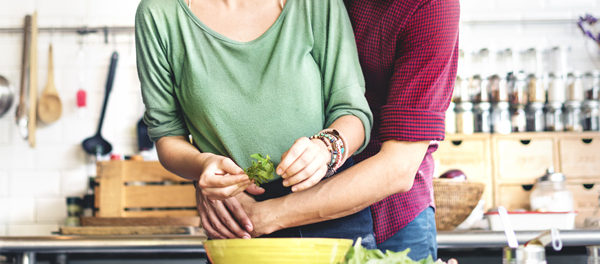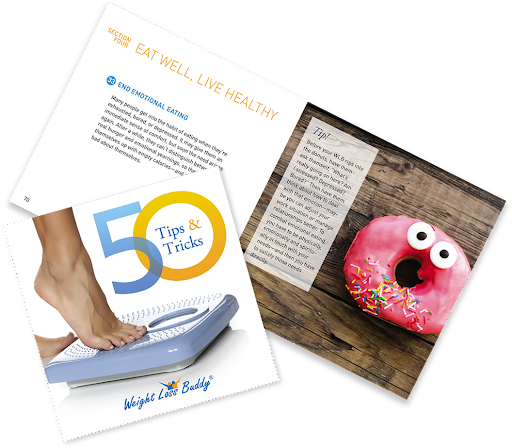Could the Pandemic Change Our Diets for the Better?

The coronavirus pandemic has changed a lot about modern American life: how we work, socialize, and even how we eat. Dining out is a distant memory.
But nutritionally, people weren’t exactly thriving in pre-pandemic America. “Before COVID-19 came along, it was increasingly clear that the diet quality and nutritional status of Americans was terrible,” says Dr. Walter Willett, professor of epidemiology and nutrition at Harvard T.H. Chan School of Public Health. More than 40% of U.S. adults are obese. After years of declines, heart disease death rates are on the rise again. So are rates of obesity-linked cancersamong younger people. Poor diets are the number-one cause of poor health in the U.S., according to a 2018 study published in JAMA.
Now that Americans are eating most meals at home, might our diets actually improve? Researchers are just beginning to study how people are feeding themselves during the pandemic, and while there is no robust data yet, the shifts are obvious. “People are eating almost every meal at home, which is a huge change,” says Dr. Dariush Mozaffarian, a cardiologist and dean of the Tufts Friedman School of Nutrition Science. By necessity, Americans are cooking more; web traffic to cooking and recipe websites is surging. In an April surveyof about 1,000 American adults, by the food and beverage communications firm HUNTER, about half said they were cooking and baking more now than before the pandemic, and 38% were ordering less takeout and delivery.
Excerpted from Time













